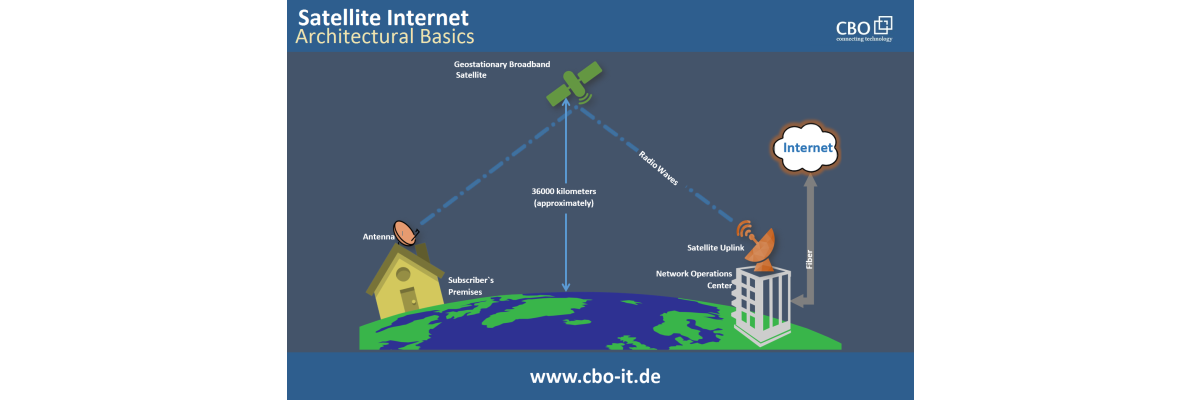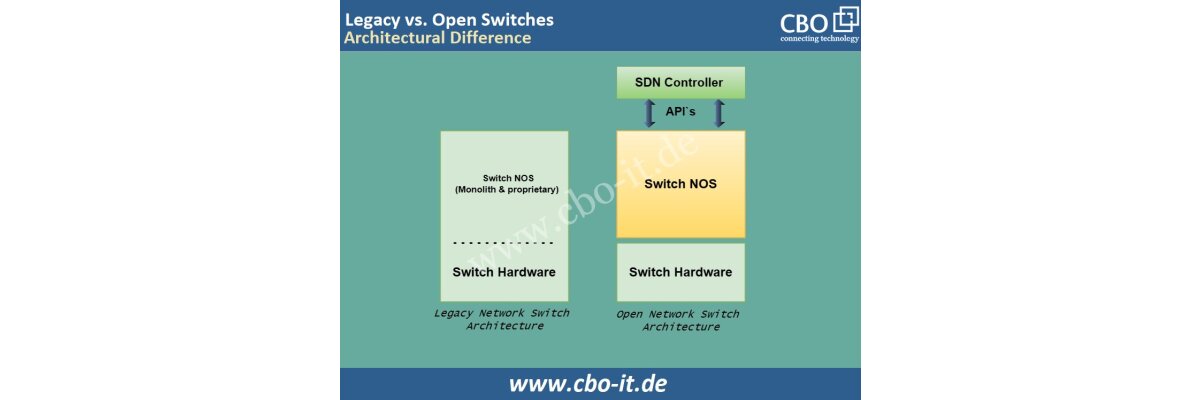40G Active Optical Cable (AOC) is one of the finest solutions available for deployment of 40G Ethernet Networks. This low power consuming yet high-performance cable can receive the same electrical signal as a 40G DAC (direct attach cable). It comes with a 40G QSFP+ module on either end. However, you can also acquire an active optical cable with a 40G module on one end and 4 x LC duplex connectors or 4 x 10G modules on the opposite end. The above mentioned two kinds of configurations are possible in breakout active optical cables.
What is 40G Active Optical Cable?
Active optical cable (AOC) is a type of cable that accepts electrical inputs like any copper cable but comes with a fiber cable between the connectors. In these cables, the electrical-to-optical conversion is achieved on the cable ends. This cabling technology offers better reliability, distance performance, and speed while maintaining absolute compatibility with regular electrical interfaces. The active optical cable consists of fiber optic transceivers, multiple optical fiber and control circuits.
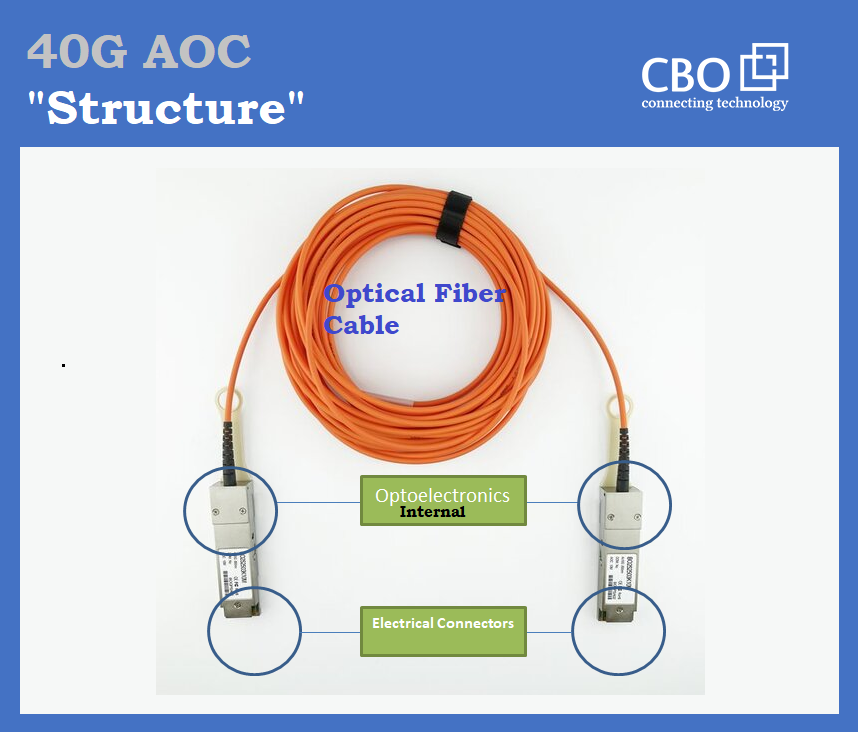
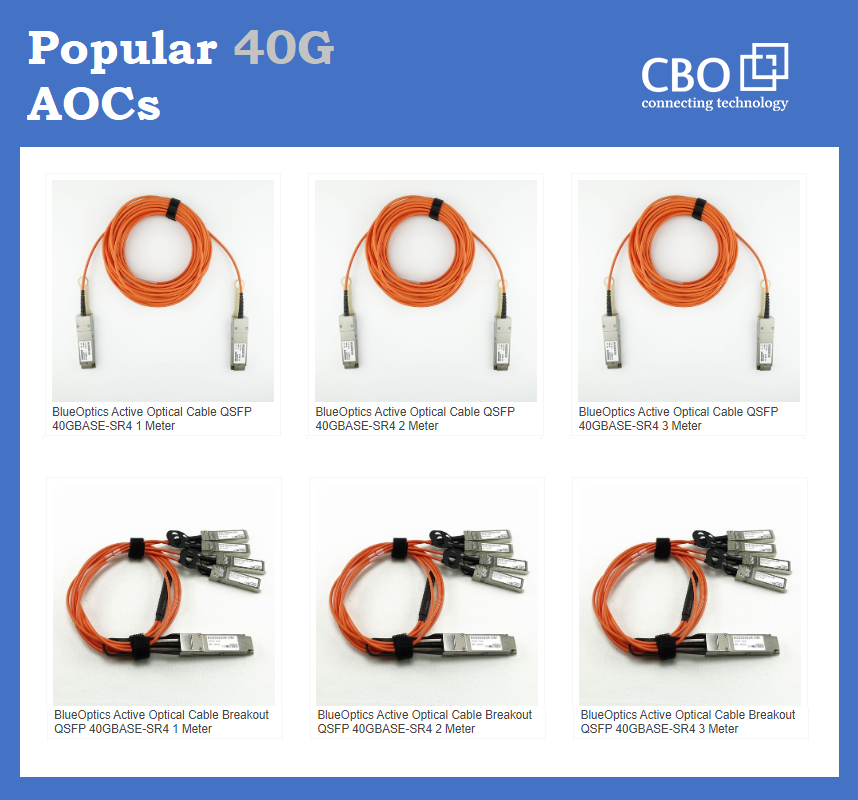
These cables incorporate four (10 GBps) data lanes and can operate at 40 Gbps aggregate bandwidth. Active optical cables are ordered on the basis of connector type and cable length. Today, we have plenty of choices available on the market and an AOC suitable for your existing network infrastructure can easily be acquired. Moreover, the availability of breakout type active optical cables let us interconnect our 10G and 40G networks. Let us share a few types of 4oG AOCs widely used these days:
Construction of Active Optical Cables
Any AOC comes with a transceiver at its both ends. The transceiver contains both; transmitter and receiver. Either end of an active optical cable provides connectivity to an electrical, Ethernet network. For the conversion of the received data in the electrical format and its transmission in optical format an electrical to the optical converter and optical to electronic converter is also used at either end of the cable. For transmission, LASER or LED is used whereas the reception is handled through an APD detector or a PIN.
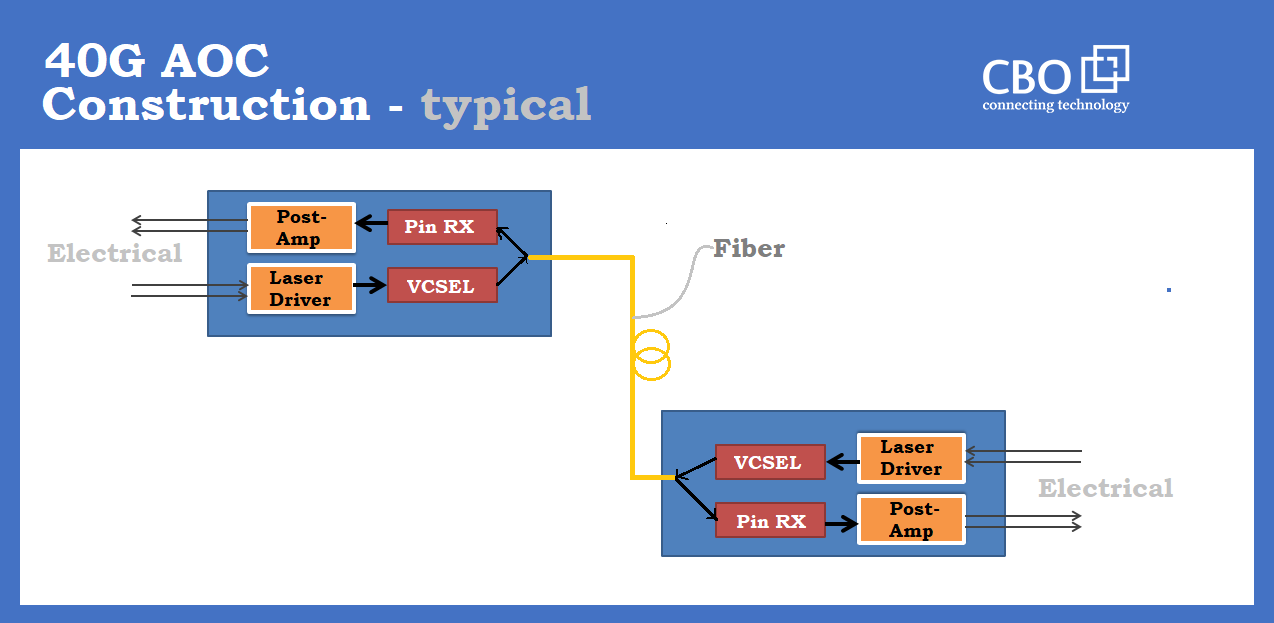
Why Prefer Active Optical Cable?
As we know copper able is bulky and subsequently, it is difficult to manage in the data center environment. Moreover, electromagnetic interference limits the copper`s reliability and performance. By preferring active optical cables, you can achieve:
- Secure, reliable transmission
- Higher bandwidth and longer reach
- Limited EMI exposure
- Less power consumption
- Low Bit-Error Rate (BER)
- Lower weight and smaller size compared to copper cables
Differences between AOCs, Active Copper Cables and Passive Copper Cables
In passive copper cables, a copper-based electrical connection exists between both the cabling ends. In active copper cables, additional circuitry is utilized for better handling of data but the transmission is achieved over copper cable. In active optical cables, optics is embedded within the connectors and data transmission is achieved over multimode fiber. So, a copper cable can be either an active or a passive cable. However, a fiber cable can only be an active cable.
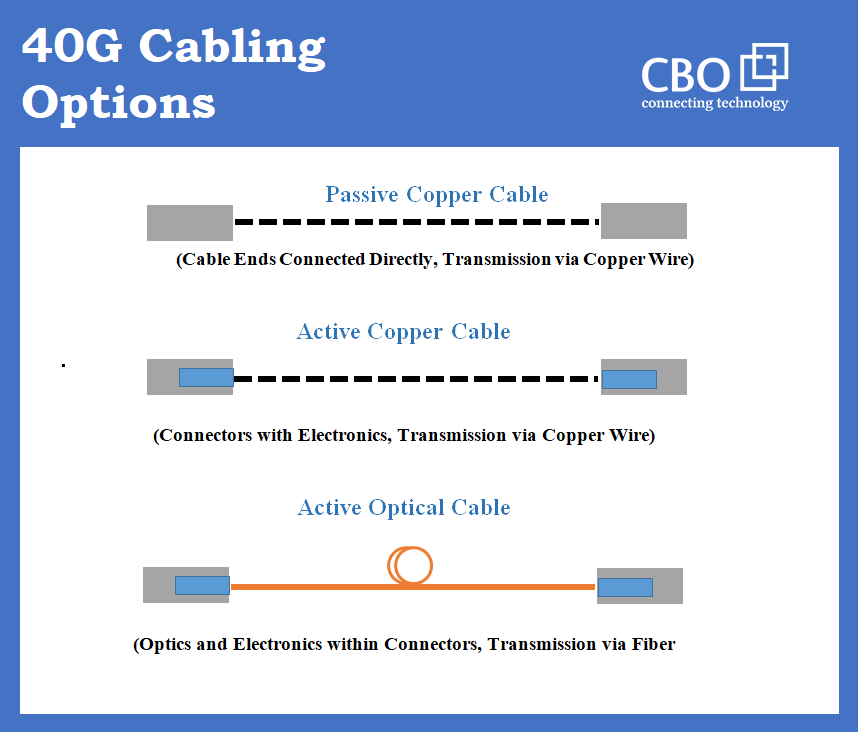
40G AOC vs. 40G DAC and 40G QSFP+ Module
As we all know, 40G DAC and 40G QSFP+ Module are two other options available for the deployment of a 40G network. However, experience has shown that 40G AOC is considered as a better choice in contrast to the other choices. 40G active optical cable is much lighter, thinner and allows a steeper bend radius. Thus, its implementation is way much easier than that of the 40G DAC. When it comes to the 40G QSFP+ Module and 40G AOC, the later one is going to dominate once again. With QSFP+ Module you will need additional fiber patch cable. Moreover, the cleanliness issue with the QSFP+ Modules is another big trouble. On the other hand, no such worries are related to 40G active optical cables.
Conclusion:
In the light of above-mentioned facts, it can be concluded that 40G AOC cable offers longer transmission distance, has a better airflow system and can be deployed easily than 400G DAC. Moreover, the active optical cable is a cheaper solution available for 40G migration with less return loss and less insertion loss.
 English
English
 Deutsch
Deutsch
 Espaniol
Espaniol









